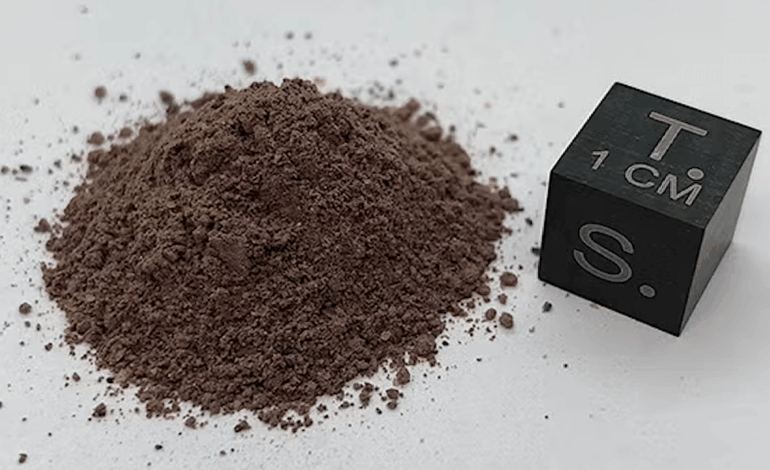Researchers Explore Bacillus subtilis Survival on Martian Simulants

A recent study has evaluated the integrity and viability of the bacterium Bacillus subtilis when exposed to various simulated Martian regoliths under conditions mimicking ultraviolet (UV) radiation found in space. As exploration of Mars continues to advance through rover missions, researchers now have access to several commercially available Martian regolith variants. These simulants are critical for panspermia models, which theorize that life could spread across the solar system via ejecta from Mars during periods when its surface was more hospitable.
The investigation focused on the growth of Bacillus subtilis, a bacterium known for producing endospores, on three types of simulated Martian regolith. This included a conventional regolith, a sulfur-rich variant, and a simulant representing the Jezero crater, an area believed to have once been flooded with water. Findings revealed that the sulfur-rich regolith inhibited endospore formation, while the other two variants promoted it.
Impact of UV Radiation on Endospore Viability
In addition to assessing endospore production, the study simulated exposure to pulsing UV-C radiation on the regolith samples. The results indicated that endospores degrade more quickly with lower rotational frequencies, despite receiving identical doses of UV radiation. Remarkably, viable endospores that survived near-lethal doses of UV-C displayed increased expression of the DNA damage response gene, RecA, which is pivotal for repairing damaged DNA.
This research raises significant implications for astrobiological models that depend on endospore viability as a measure of microbial survival in extraterrestrial environments. The elevated expression of RecA suggests that genomic integrity may be compromised in endospores, prompting a reassessment of survival benchmarks used in current models.
Broader Implications for Astrobiology
The implications of this study extend to the understanding of Martian topography and microbial resilience. By examining where on Mars conditions may be suitable for endospore formation, researchers can refine their astrobiological approaches. This work contributes to the broader discourse on how life could potentially survive the extreme conditions of space, particularly in light of the Mars Global Regolith Simulant (MGS-1), which is commercially available for various research purposes.
As exploration continues, understanding how simple life forms like Bacillus subtilis respond to Martian conditions can inform the search for life beyond Earth. The findings not only enhance our knowledge of microbial survival but also underscore the need for future studies to incorporate the complexities of DNA repair mechanisms when evaluating the potential for life on other planets.
This research can be accessed in full on biorxiv.org, contributing valuable insights to the fields of astrobiology and planetary protection.






